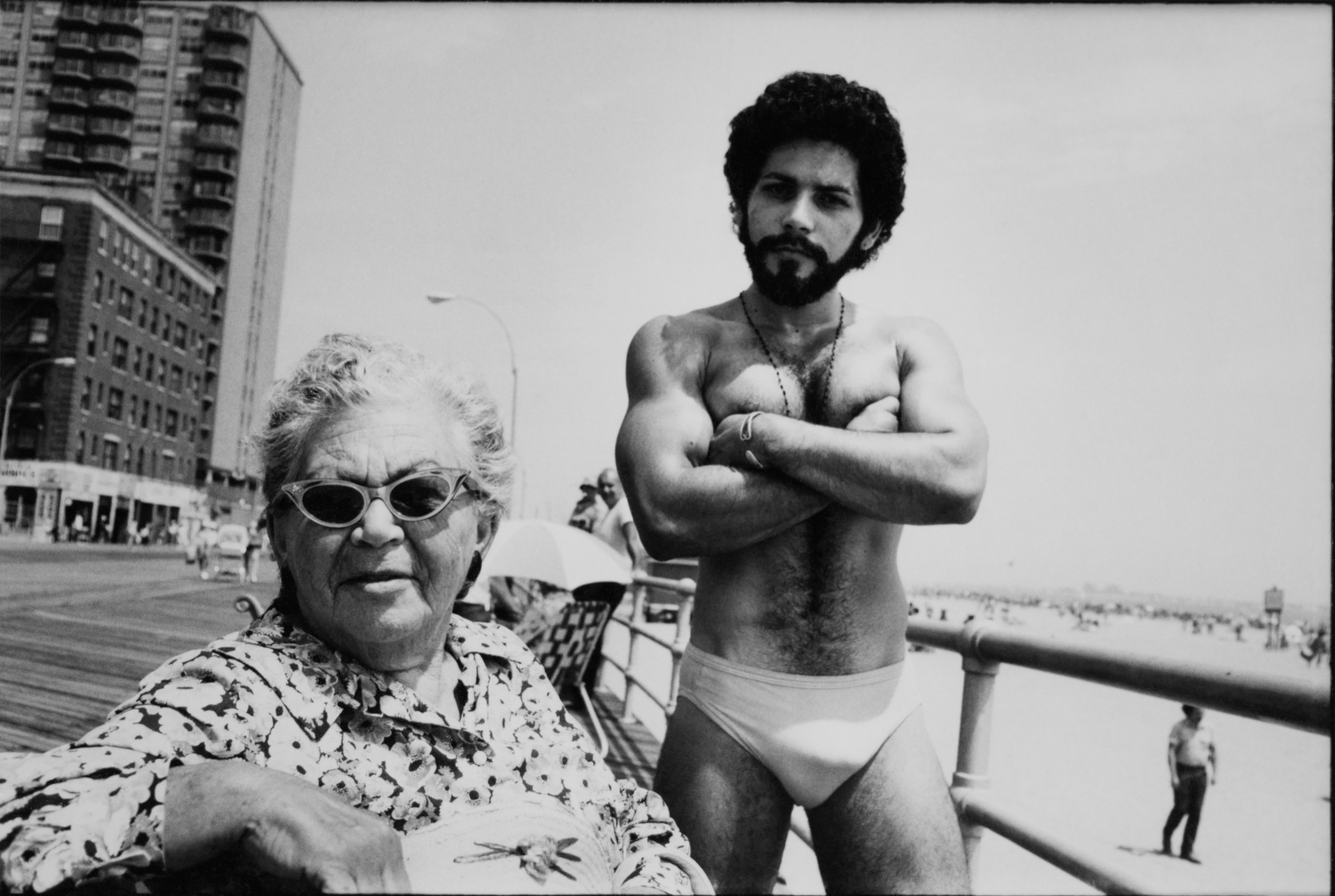“New York from the 1980s was crazy,” says photographer and photography collector Pedro Slim as he thinks back to his early days buying art. “I did terrible things economically.” Driven by passion and pleasure in equal part, Pedro has been blessed with a discerning eye that effortlessly distils the exquisite nuances of the human body, whether clothed or nude.
“I never thought of myself as having a collection,” he says. “I just bought pieces I liked, mainly nudes, by photographers like Peter Hujar and Allen Frame, who has been so important in my life.” Then one day, someone asked to borrow the collection, and everything became clear.
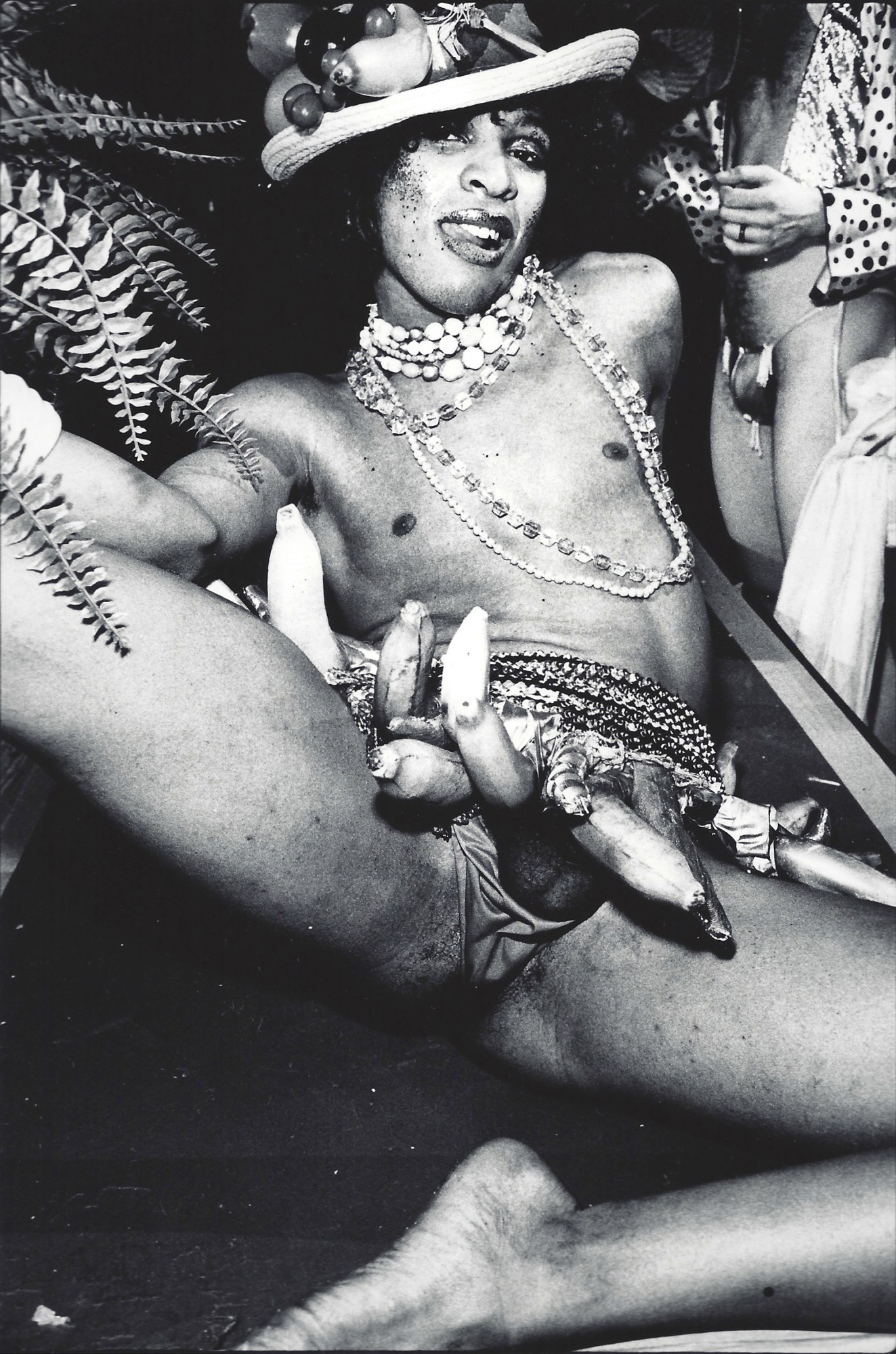
With images dating back to the turn of the 20th century, Pedro’s collection chronicles photography’s longstanding love affair with the human form. Whether embracing the classical glamour of George Platt Lynes’ homoerotic works made in the 40s, when depictions of male full-frontal nudity was illegal, or gazing upon Merry Alpern’s gritty images of sex workers in the backroom of a 90s Manhattan strip club, Pedro has amassed a breathtaking collection of black-and-white photographs that are sexy, cinematic and tender.
Over the past four decades, Pedro’s collection has grown to include works by luminaries like Larry Clark, Robert Mapplethorpe, Diane Arbus, Helmut Newton, Man Ray, Horst P. Horst and Nan Goldin, to name just a few. A new exhibition, Clandestine: The Photo Collection of Pedro Slim, takes us on a whirlwind tour through some of Pedro’s most captivating works. From an Anthony Friedkin portrait of Divine sitting backstage at San Francisco’s Palace Theatre in 1972 to Mary Ellen Mark‘s 1994 photograph of a bearded lady reclining in the bathtub, each image offers a timeless take on the beauty, joy and wonder of the body.
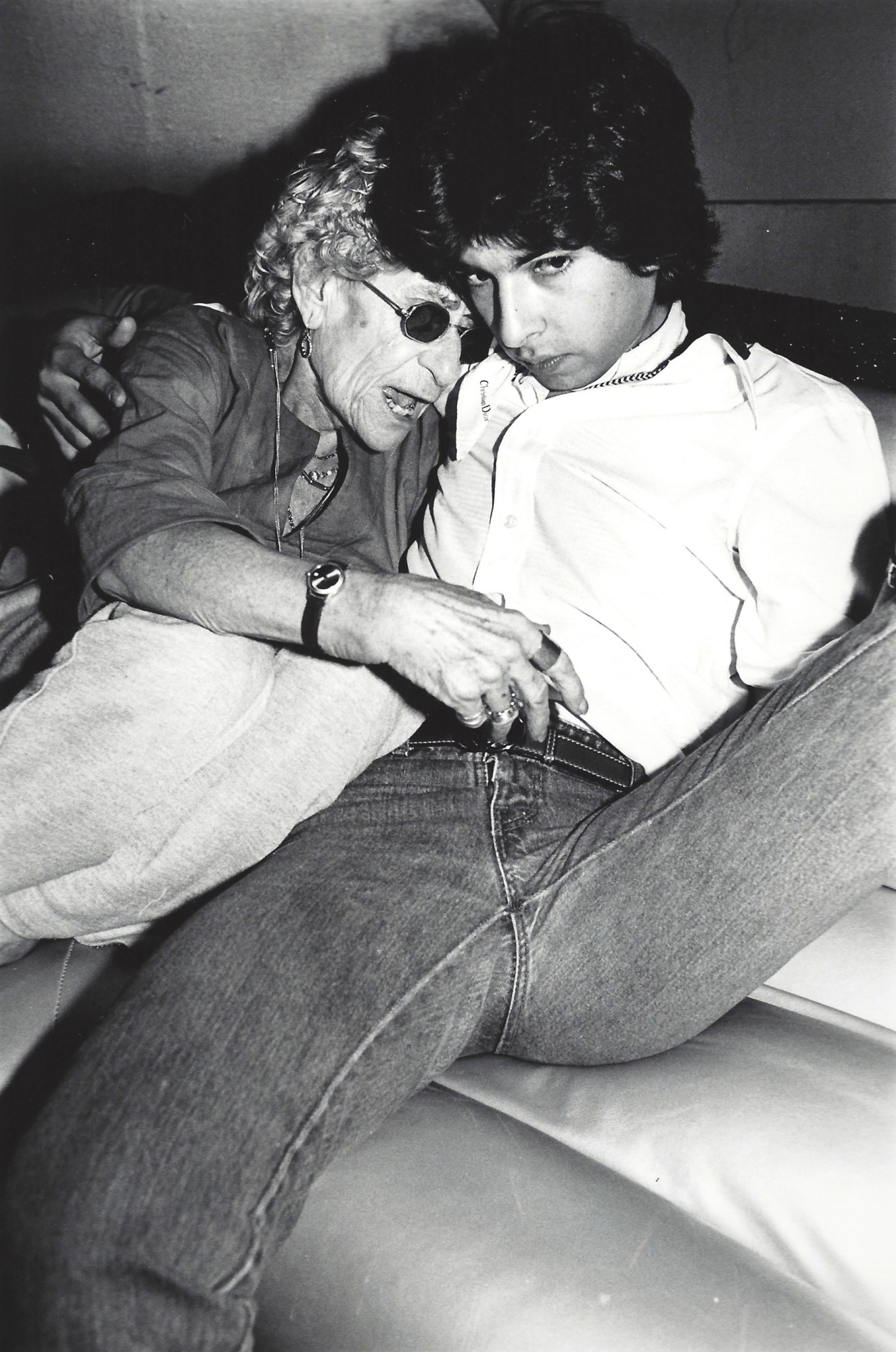
Organised into three sections, including “Body Unlimited” and “Experiences of Marginality,” Clandestine concludes with a section dedicated to American photographer Arlene Gottfried (1950–2017), one of the great unsung artists of her time. Pedro first fell in love with Arlene’s wild scenes of New York City in the 70s and 80s after art dealer Daniel Cooney introduced him to the work, and soon came to acquire the largest collection of her prints in the world. Drawn to her intimate images of the bold and beautiful, Pedro acquired portraits made in the streets, parks, beaches and nightclubs of icons like LGBTQ+ activist Marsha P. Johnson, writer Miguel Piñero, and Disco Sally, as well as everyday people with undeniable style and attitude.
Pedro only met the artist once — but it was in that single encounter that he experienced the power of her unconditional love. While attending a downtown Manhattan gallery opening, photographer Allen Frame spotted Arlene across the room. “I went to Arlene and told her how much I admire her, and I had tears in my eyes,” Pedro says, his voice softening as he speaks. “Then she hugged me, really hugged me, and I don’t remember what I said, but it came from my heart. It may sound odd, but maybe I looked at her as the mother I never had.”

Although Arlene had no children of her own, she was a force of nature — equal parts Mother Earth and quiet storm. Hailing from Brooklyn, Arlene was a New York original: a visionary photographer who sang gospel while maintaining an unassuming grace. Throughout the 70s and 80s, she could be found at legendary era-defining clubs like Studio 54, Paradise Garage, Plato’s Retreat, Empire Roller Disco and the Nuyorican Poets Café, or posted up on a stoop eating cracklin’ chicken out of a paper bag and kicking it with street corner legends.
The author of five books, Arlene never sought out the spotlight like her brother, comedian Gilbert Gottfried. Instead, she used the camera to pay homage to people from all walks of life and imbued each image with a distinctive mixture of guts and glamour, just like New York itself. Open of mind, heart and spirit, Arlene saw beauty in the good, the original and the strange. Although she was was shy, Arlene had nerve, and was happiest being among people who lived fearlessly.
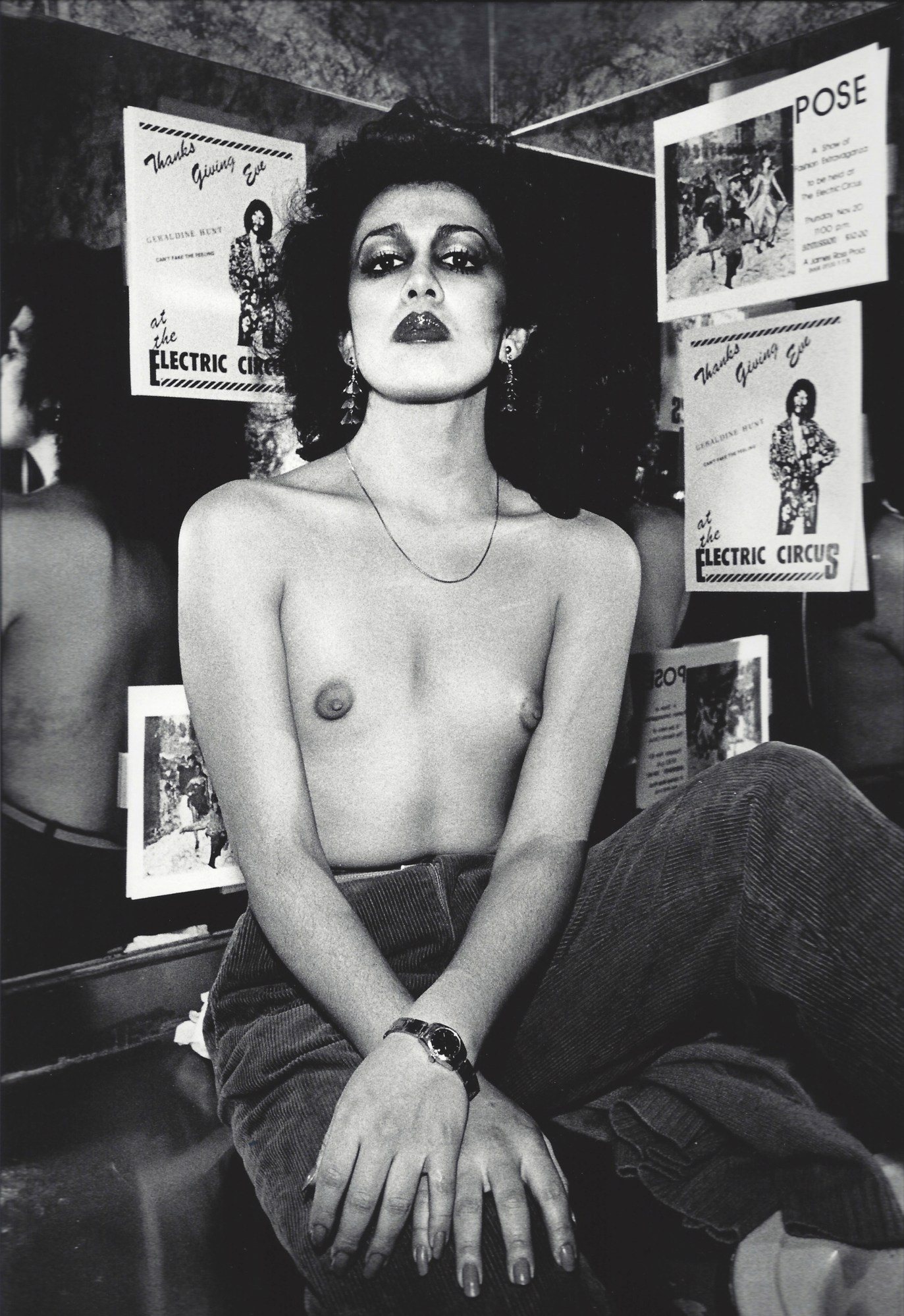
After completing a two-year photography program at FIT, Arlene moved to Greenwich Village in 1972, when the community was still an affordable outpost for artists, musicians and bohemians. She took a job as an assistant with an advertising agency. “I did everything: printing, processing, lighting, studio work, on location, a lot of it was for comps and sometimes it was for the ad itself, for sales promotion and point of purchase,” Arlene revealed in her final book, Mommie. “I didn’t always love what it was about but I always took photographs on the weekend and used their fantastic darkroom.”
“It’s nice to be young and be able to run across the beach like wild and be able to meet people and take their picture,” she continued. “That’s what I remember about it: Having a great time, and having a job so I could pay for things, and having a darkroom where I could print everything. You couldn’t ask for anything better. It was like a little grant at a little job, you know, a moderate income but just enough.”
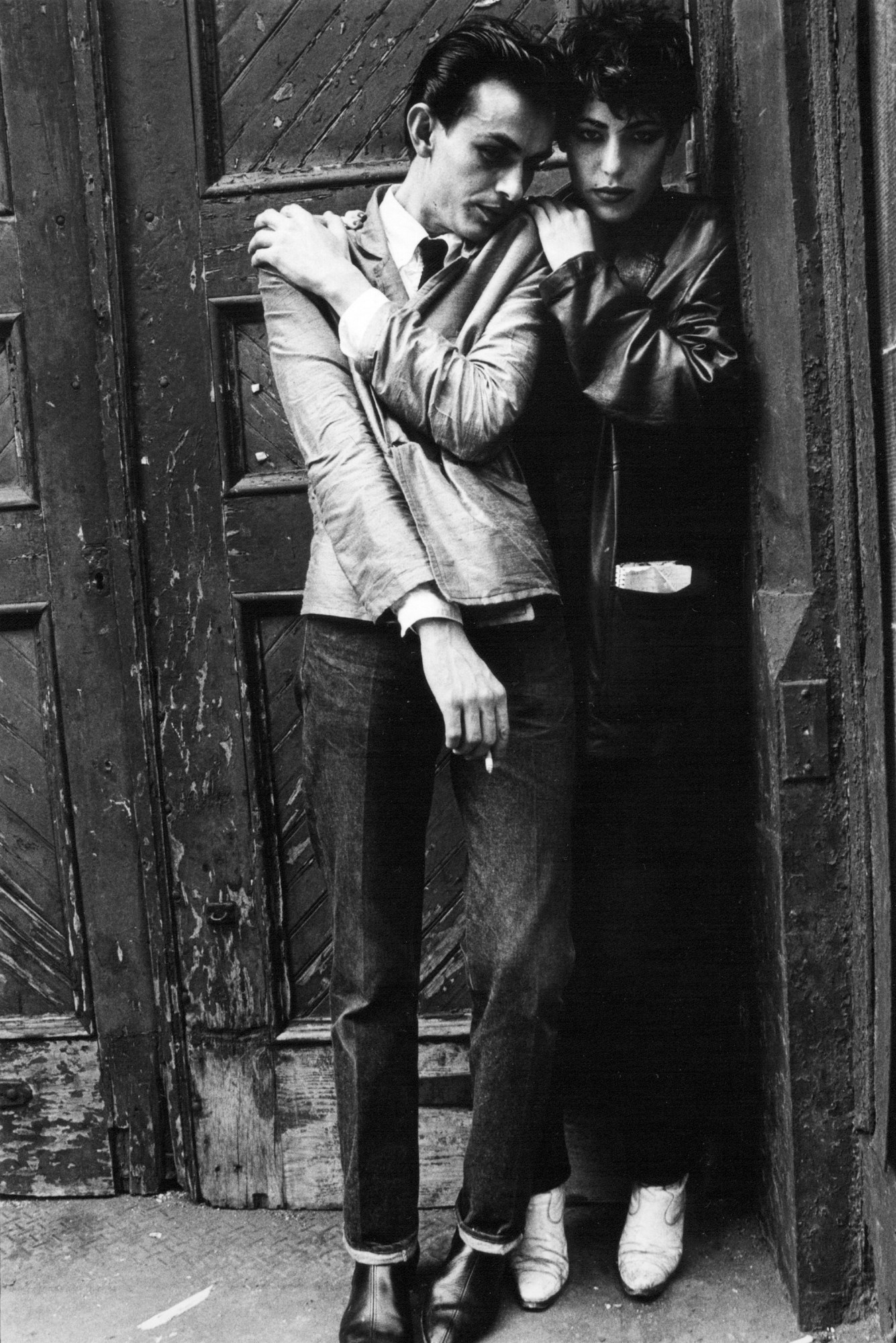
Arlene made “just enough” to carry her through the next 45 years of her life, transforming her home in the West Village’s famed Westbeth Artists Housing into a bohemian palace. Above her kitchen table, she hung her photographs in a plastic carousel designed to air-dry intimate apparel. She entertained visitors, serving cherries and chocolate-covered espresso beans with a bottle of seltzer at the ready. When her cancer treatments stole her brunette curls in the years before her death, Arlene donned a burgundy velvet turban for her nights out.
Although she disliked hustle culture before it was named as such, Arlene maintained resolute faith in the importance of her work and the vitality of her gifts. Where other photographers sought to be a fly on the wall, Arlene was a butterfly in the mix, always aligned with the energy so that her presence only added to the beauty of the images she made. She loved to laugh, to sing, to dance and to celebrate the extraordinary stars in her orbit. In Mommie, Arlene remembers, “The clubs were very provocative then: People putting on these shows, taking their clothes off, acting things out. There’d be a theme and they’d be doing all kinds of crazy things like giving birth to dolls, simulating sex in public. I went in with my camera, took photographs and it was great.”
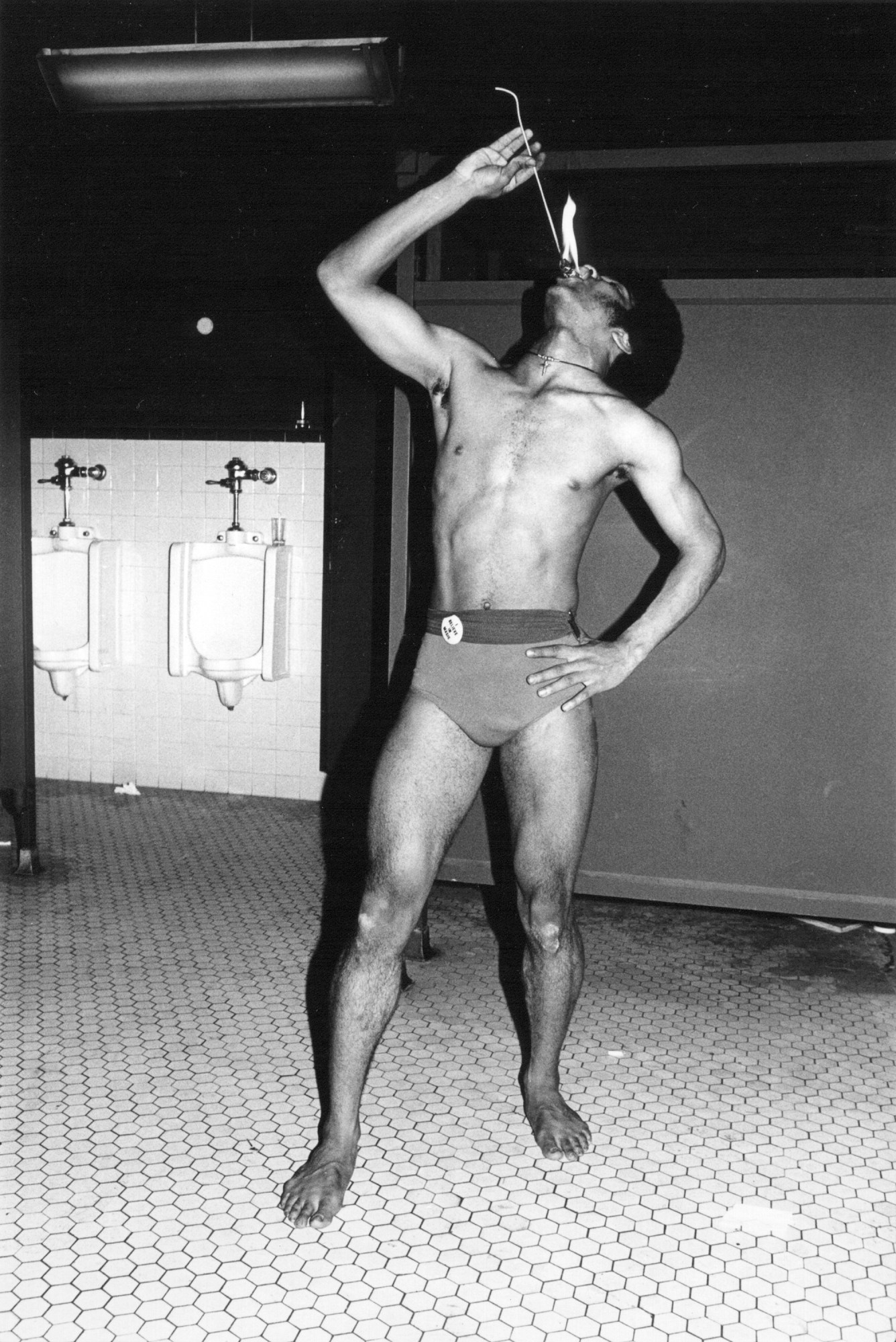
After the party, Arlene described the feeling of a glorious high that comes from a night on the town, surrounded by people doing what they love. She walked out of the club into the crisp winter air as snowflakes floated down from the sky like confetti in a parade. She then began strolling down Fifth Avenue, heading home, like the final scene of a Hollywood film.
Clandestine: The Photo Collection of Pedro Slim is on view at the Cobra Museum voor Moderne Kunst in Amstelveen, Netherlands from 16 October to 27 March 2022.
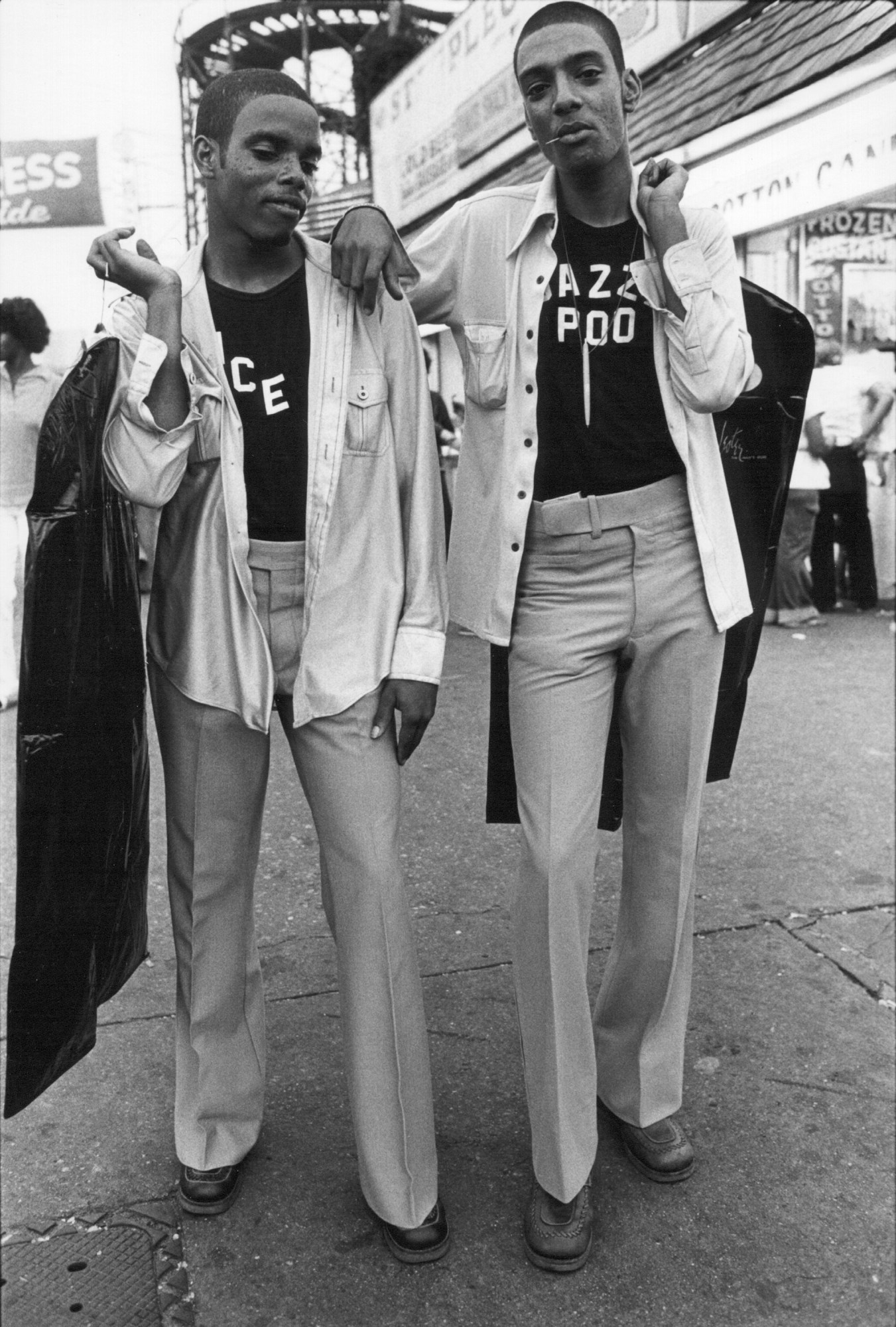
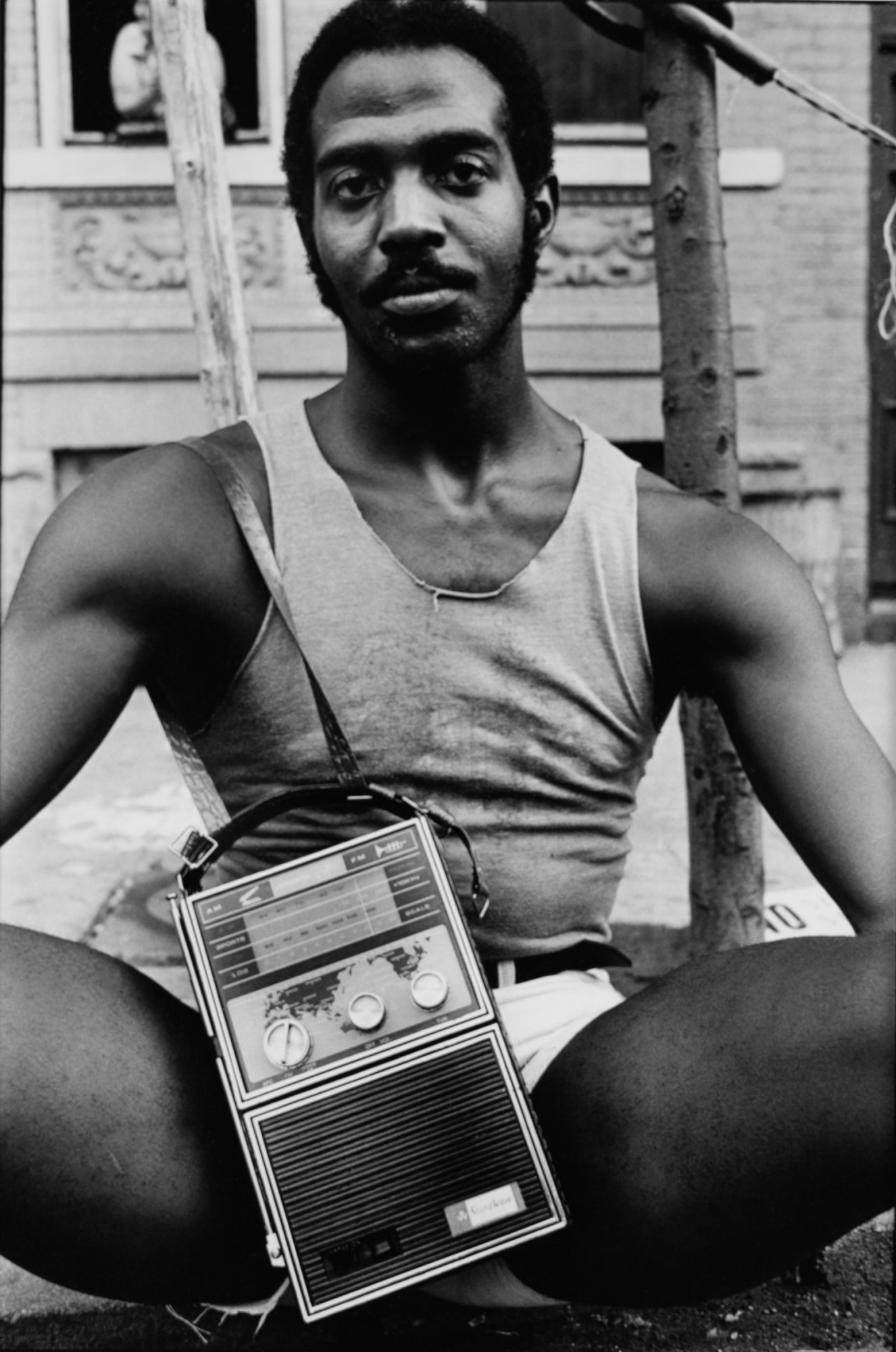

Credits
Photography Arlene Gottfried
